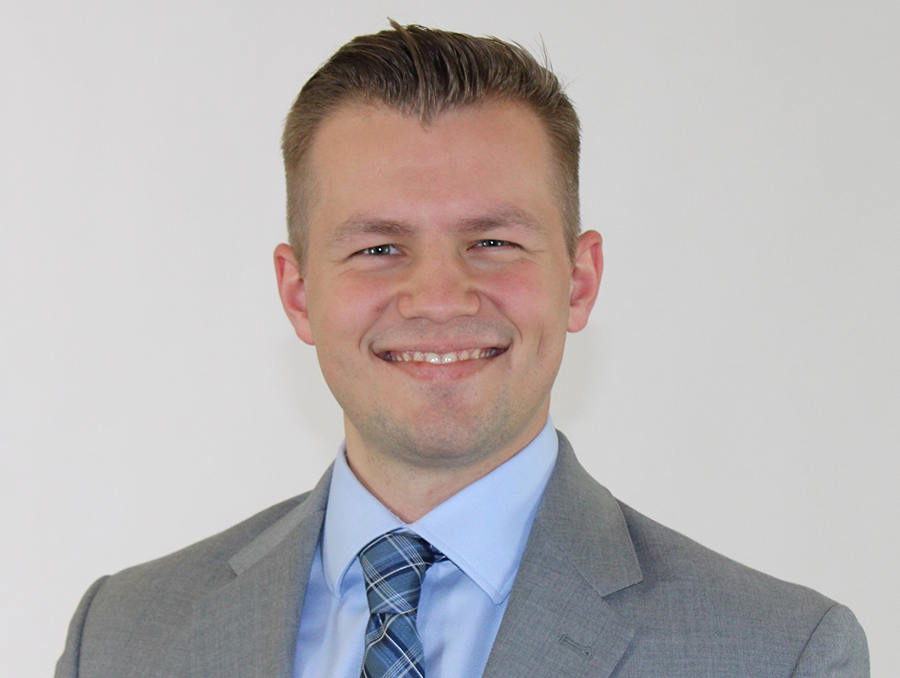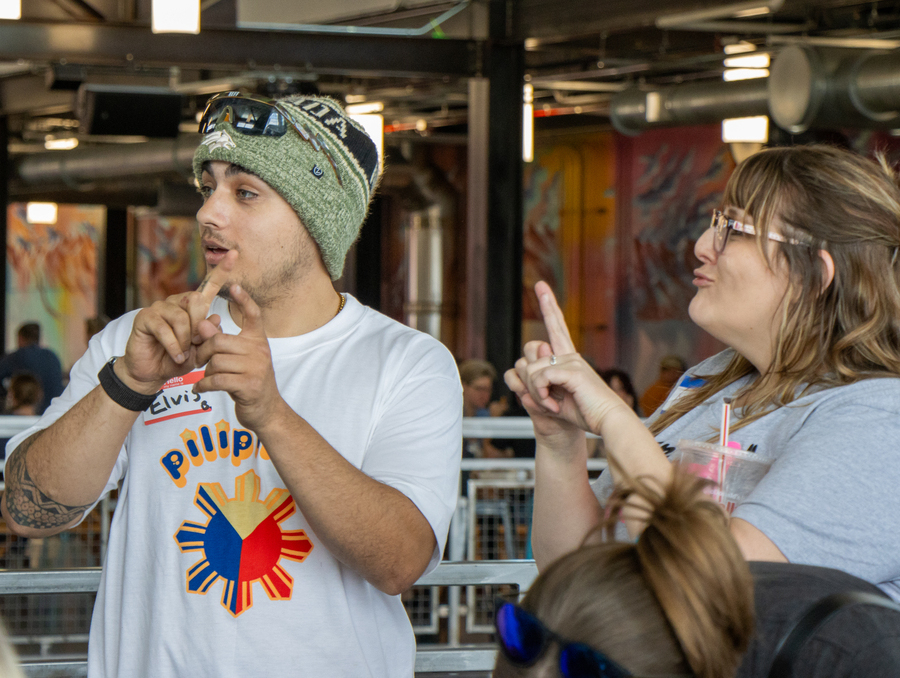On Sunday February, 19, in cold and rainy Seattle, after a weekend of cramming for phase two of a high-stakes international mining design contest, a student team from the Mackay School took first place in the 8th Annual Society for Mining, Metallurgy and Exploration (SME)/National Stone, Sand, and Gravel Association (NSSGA) Annual Student Design Competition.
This recent top ranking is a big win for the Mackay School as it placed first five years ago in 2007, second in 2008 and 2010 and third place last year. The first phase of competition included 14 teams from three countries.
It was narrowed to the top six for the second phase. The Mackay School team topped Virginia Tech's team, which has finished first or second each year in the history of the event. "It was a very encouraging success," said Dr. Pierre Mousset-Jones, faculty member on the Mackay School. "It's especially exciting now as Mackay is sending another team to a renowned international mining games competition in the UK this spring. Both of these competitions showcase Mackay as an incubator of the next generation of mining industry expertise. "
The UK competition, held in Camborne in late March, will focus more on the physical aspects and challenges of the mining industry in a sort of Olympic games format with student teams competing in traditional mining technique events such as jack drilling, mucking, track stand and surveying, all of which test the participant's physical strength and aptitude.
The recent win in Seattle, the more cerebral-focused mining design contest, awarded Nevada's winning team a $2,000 cash prize, as well as the Mining Cost Service publication valued at approximately $2,500 donated by InfoMine USA. Part of the Mackay School of Earth Science & Engineering, the design teams have finished second previously and came in fourth last year. The Feb. 17-19 competition was held in Seattle, part of SME's annual meeting and exhibit. Next year's competition is slated for late February in Denver, Co.
Comprising the winning team, aka, the Herlocker Aggregates, were:
- Alex Kamikawa, from Reno, NV
- Mackenzie Musselman, from Round Mountain, NV
- James Macpherson, from Elko, NV
- Zach Zastoupil, from Elko, NV
- Dennis Reppond, from Las Vegas, NV
- Dave Kerr, from Reno, NV
The students competed against student engineering teams from Canada's McGill University, Virginia Tech, Indian Institute of Technology in Bharat, India, and the Missouri University of Technology. According to organizers, this year's contest was particularly challenging and extremely competitive.
"This competition is an opportunity unlike any other available in academia. Outside of industry, there are no better tests of engineering proficiency and time and project management, " said the team's captain, Alex Kamikawa, "I have never been so proud to be a part of a team who, through their hard work and commitment, were able to accomplish so much having started with so little."
To echo Kamikawa's sentiment, Mousset-Jones said, "I have been involved with this event for many years and the quality of student teams and presentations just keeps getting better. The competition is intense and the level of professionalism shown by all the teams is outstanding. To win or place in the top three of the competition is a true testament to tapping into your personal best, being dedicated, professional and focused on excellent team work, all factors for success in the industry."
The academic team-based competition consists of two phases during two semesters of the academic year. In Phase 1, students write and submit a comprehensive mine design based on real mine data provided by the competition sponsors. Phase 2, which takes place at the SME's annual exhibit, requires students to give an oral presentation to the judges explaining a design modification in response to identified threats to the fictitious project. This year, 14 teams participated in Phase I, with six finalists selected for Phase II in Seattle.
The competition was developed to give mining engineering students an opportunity to demonstrate real-world engineering skills in a professional setting. While engineering knowledge is important in designing a working mine plan, teamwork and time management equally are critical skills in the competition, particularly in Phase 2, when students have only two days to solve design problems.
Locally involved sponsor of this event, Barrick Gold Corporation, provided for travel and accommodation of Nevada's team.











